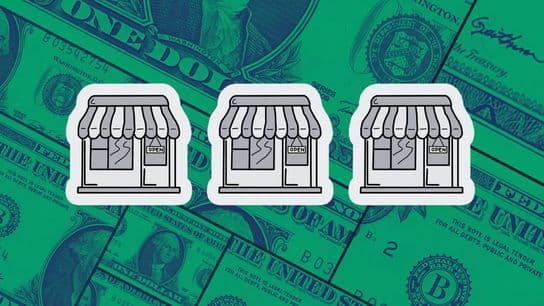Codebreaking for Franchisees: An FDD Breakdown
Franchise Disclosure Documents don’t have to be intimidating—an expert breaks it down item-by-item.
Once the thrill of finally setting sight on a prospective franchise investment fizzles, one is left with a litany of questions and a pile of paperwork—mainly the Franchise Disclosure Document (FDD). While the pages of an FDD seem interminable and the jargon could be dense, understanding all that the document entails is crucial to your success as a franchisee. Sean Fitzgerald, chief development strategist at No Limit Agency*, breaks down some of the most integral Items within a Franchise Disclosure Document.
Item 1: This contains a broad explanation of the franchise, like predecessors or affiliates. It also breaks down the franchise opportunity being offered.
“This Item is important in order to fully understand who truly owns the franchise,” Fitzgerald said. “This will reveal if the franchise is owned by a parent company, which is an important consideration for prospective franchisees.”
Item 2: This contains background information that could be useful from a management standpoint—it’s the nuts and bolts of the operation.
“It’s incredibly important to know the background of those who hold leadership positions in the franchise,” Fitzgerald said. “You want to work for people who have franchising experience and industry experience.”
Items 3 & 4: One of the “most important sections to look at,” according to Fitzgerald, this Item explains litigation and bankruptcy action that has taken place within the company, from franchisor to employees.
Item 5: This notes any up-front fees and start-up costs needed to open the first unit.
Item 6: “Item 6 is not necessarily every fee you’ll be paying; they’re just possibilities,” Fitzgerald said. “Things like renewal fees, transfer fees…You’re not consistently paying those; they’re purely situational.”
Item 7: This is a comprehensive breakdown of where investment money will be filtered. It will also include an allowance for advertising costs and explain a capital reserve. This Item will serve as the baseline for accruing investment money.
“Item 7 includes your initial investment and three months of working capital,” Fitzgerald said. “It is not your break-even number, so your total investment could be larger. This is one of the most misunderstood sections of an FDD.”
Item 9: The expectations for a franchisee are presented in a table. These could range from responsibilities, legal obligations and general goals for the franchisee.
Item 12: This Item depicts a territory breakdown with parameters and limitations. This will be crucial when hatching an expansion plan.
Item 19: This Item contains financial performance information and information regarding unit performance.
“The FDD is standardized throughout the whole document; the Item 19, however, is purely unique for each franchise,” Fitzgerald said. “You’re no longer comparing apples-to-apples. The Item 19 is a great tool to gauge a brand’s track record and where it will be heading in the future.”
*This brand is a paid partner of 1851 Franchise. For more information on paid partnerships please click here.









